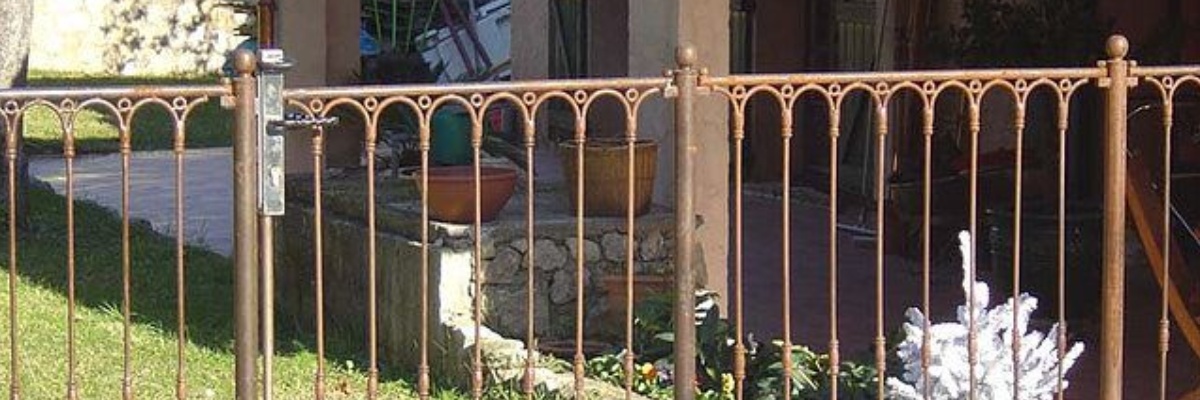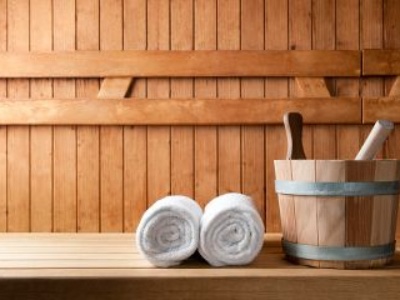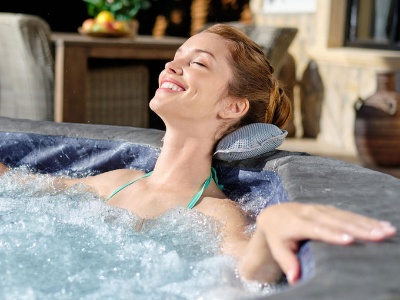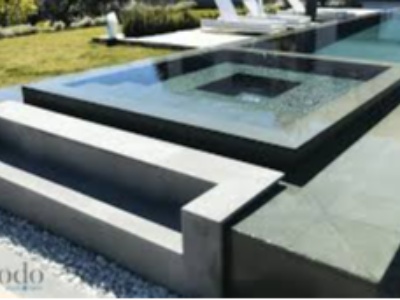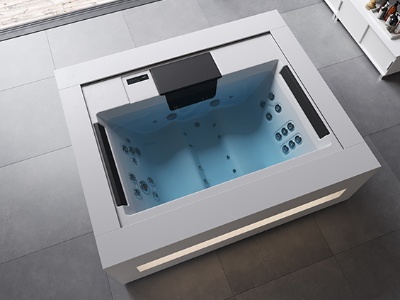
The safety of private swimming pools has been a legal requirement in France since the law of 3 January 2003. In order to limit the risk of accidents, particularly drowning of children, owners of in-ground and semi-inground swimming pools must install a safety system that complies with standards NF P90-306 to P90-309. There are several solutions, ranging from barriers to covers, alarms and shelters. Each of them meets specific criteria in terms of safety, maintenance and aesthetics.
Why does the law require safety devices for private swimming pools?
Every year, there are many accidents in private swimming pools, especially involving young children. Permanent supervision is essential, but it is not always enough to prevent accidental falls. That is why the regulations require the installation of at least one approved safety device, thus reducing the risk of accidents. Failure to comply with this obligation exposes the owner to a fine of up to 45,000 euros. In the event of an accident, the owner may also be held civilly and criminally liable.The various safety solutions that comply with the standards
Safety barriers (NF P90-306)
Safety barriers are one of the most reliable devices for preventing unauthorised access to the pool. They must be at least 1.10 metres high and be equipped with a secure locking system. There are several types of barriers: Glass barriers: Elegant and discreet, they offer effective protection while preserving the aesthetics of the pool. However, they require regular cleaning to avoid water marks.Metal or wrought iron barriers: Highly resistant, they provide a classic aesthetic touch and can be customised to match the design of the outdoor space.
Wooden barriers: Natural and warm, they blend in perfectly with the landscape, but require regular maintenance to keep out damp and insects.
Safety covers (NF P90-308)
Safety covers protect the pool when it is not in use. They must be able to support the weight of a child without sagging and completely cover the surface of the water to prevent accidental falls.The main models that comply with regulations include:
Roller shutters: Motorised or manual, they roll out over the water and prevent intrusions. The submerged models are particularly appreciated for their discretion.
Bar covers: Composed of a reinforced tarpaulin held in place by rigid bars, they are versatile and can be used as a summer and winter tarpaulin.
Rigid covers: They offer maximum protection against falls and bad weather, but require storage space when not in use.
Pool alarms (NF P90-307)
Alarms are a less expensive and more discreet solution, but they require constant vigilance. They are triggered when suspicious movement is detected in or around the pool.There are two types of alarm that comply with the standards:
Submerged alarms: Installed underwater, they detect the waves caused by a fall and trigger an audible alert.
Perimeter alarms: These create a detection field around the pool and trigger an alert when a child or animal crosses the invisible barrier.
Pool enclosures (NF P90-309)
Pool enclosures provide optimal safety while protecting the water from impurities and the weather. When closed, they prevent unauthorised access to the pool.There are several types of enclosure:
Low enclosures: They cover the pool without taking up too much space, while retaining the heat of the water.
High enclosures: More spacious, they create a real relaxation area around the pool, usable all year round.
Telescopic enclosures: Modular, they open and close easily as required.
Which solution should you choose according to your needs?
The choice of safety device depends on several criteria:The budget: Alarms are the most affordable solutions, while automatic shelters and covers require a more substantial investment.
Pool use: For a frequently used pool, a barrier combined with a roller shutter or a safety cover is an ideal option. For a pool that is rarely used in winter, a suitable winter cover may suffice. Aesthetics: Owners who are keen to preserve the visual harmony of their garden will favour discreet solutions such as submerged roller shutters or glass barriers.

